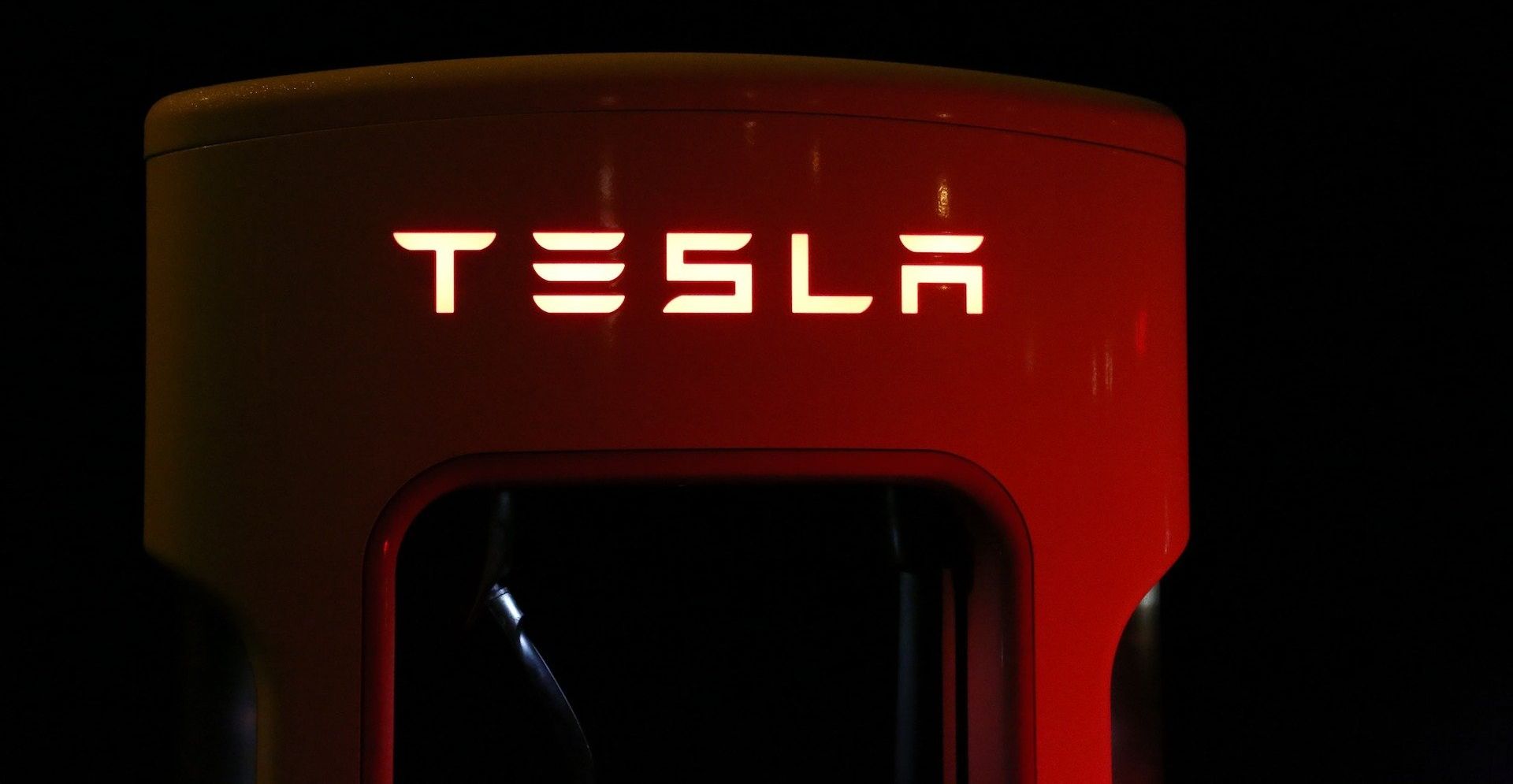The Tesla Safety Score is an assessment of driver behavior in participating Tesla vehicles. It's based on five safety factors and aims to provide an indication of how likely a driver is to be involved in a collision.
If you drive a Tesla, you might be wondering how your score can be increased. Of course, people drive safely because they want to avoid an accident. But having Tesla agree with your driving also has the advantage of granting access to Tesla Full Self-Driving.
So what exactly is the Safety Score, and how can you improve it?
What Is Tesla's Safety Score?
The Tesla Safety Score was introduced in September 2021. It is an optional feature on Tesla vehicles that drivers must request. It monitors your driving and calculates a score out of 100 based on the previous 30 days of driving activity. This score is then displayed on the Tesla app.
The Safety Score is based on five factors:
- Forward Collision Warnings per 1000 Miles
- Hard Braking
- Aggressive Turning
- Unsafe Following
- Forced Autopilot Disengagements.
The app also illustrates how you performed in each of these areas individually. This is useful because it demonstrates exactly what part of your driving may need improvement.
Why Improve Your Tesla Safety Score?
Having a high Safety Score doesn't automatically mean that you are driving safely. You can easily lose points without doing anything dangerous, i.e., braking too fast. Many people brake quickly out of habit, not because they necessarily need to. The software also doesn't dock you if you disobey a road sign.
The reason that many people want a high Safety Score is that it provides access to Full Self-Driving. Unfortunately, the increasingly popular driver-assistance software is only available to those who achieve an almost perfect score. It's also possible that future beta features will again be restricted to safe drivers.
How Is Your Safety Score Calculated?
Your Safety Score is calculated based upon your previous 30 days of driving. Therefore, a low initial score is easy to improve because a bad day isn't counted permanently.
Your score is also based on how many miles you drive in a day. If you get a perfect score on a particular day, but you only drove one mile, this isn't going to have a big effect. Increasing your score involves adding as many safe miles as possible.
The safety factors are also based on ratios of safe to unsafe driving. For example, when you lose points for hard braking, the software compares how often you've braked quickly with how often you've braked slowly.
It's also worth noting that many of the safety factors do not apply when using autopilot.
5 Tips to Improve Your Tesla Safety Score
If you'd like to improve your Safety Score, it's important to understand how each of the five factors causes you to lose points. You can then adjust your accordingly.
1. Slow Down Around Obstacles
A Forward Collision Warning is an audio and visual alert indicating that a collision will occur with an object in front of you unless you do something. These warnings can be avoided by driving slowly and keeping your distance from other vehicles and objects. You can also adjust your vehicle to help you further. Your Safety Score is based on the medium Forward Collision Warning sensitivity setting. But you can set your vehicle to the early sensitivity setting. This should cause your vehicle to alert you to change course before your Safety Score is affected.
2. Apply Your Brakes Gradually
Hard braking is defined as backward acceleration at over 0.3g. In order to avoid hard braking, you need to start braking early and reduce your speed gradually. In practice, this means keeping a distance from other cars on the road and always looking out for obstacles that may require you to brake.
3. Turn in Wide Angles
Aggressive turning is defined as lateral acceleration at over 0.4g. An incident of aggressive turning basically occurs whenever you take a corner too fast or when you turn at too much of an angle. To avoid having a turn affect your Safety Score, you need to slow down at corners and take them in such a way that your car is also changing direction slowly. Ideally, you should decelerate when entering a turn and start accelerating again when you've already changed course.
4. Don't Follow Other Cars Too Closely
Unsafe following uses a term called "headway." Your headway is calculated whenever you are driving behind other cars. It specifically calculates the number of seconds you would have to react and stop if the vehicle in front of you came to a sudden stop. Unsafe following isn't recorded at speeds of less than 50 miles per hour. To avoid unsafe following, you should aim to keep back from other cars when driving above that speed.
5. Keep Your Hands on the Wheel
If you are using autopilot and your vehicle believes that you are not paying attention, you will receive three warnings. A forced autopilot disengagement occurs when all three warnings are ignored, and autopilot is disengaged for the rest of your trip. This is easy to avoid because your Safety Score isn't affected by a single warning. But it is important to understand how Tesla determines attentiveness. Having your hands on the steering wheel isn't always enough. Your hands need to be either offering slight resistance or actively turning.
Does the Safety Score Make People Drive Safer?
The Tesla Safety Score has the potential to make people better drivers, but the software isn't yet able to distinguish between safe and unsafe driving.
It penalizes drivers for many dangerous behaviors. For example, it makes sense to lose points for driving too closely behind another vehicle or for using autopilot without paying attention.
On the other hand, ignoring a traffic sign does not affect the Safety Score, while braking too hard for that traffic sign could cause you to lose points. It's therefore important to pay more attention to the road than the app.




